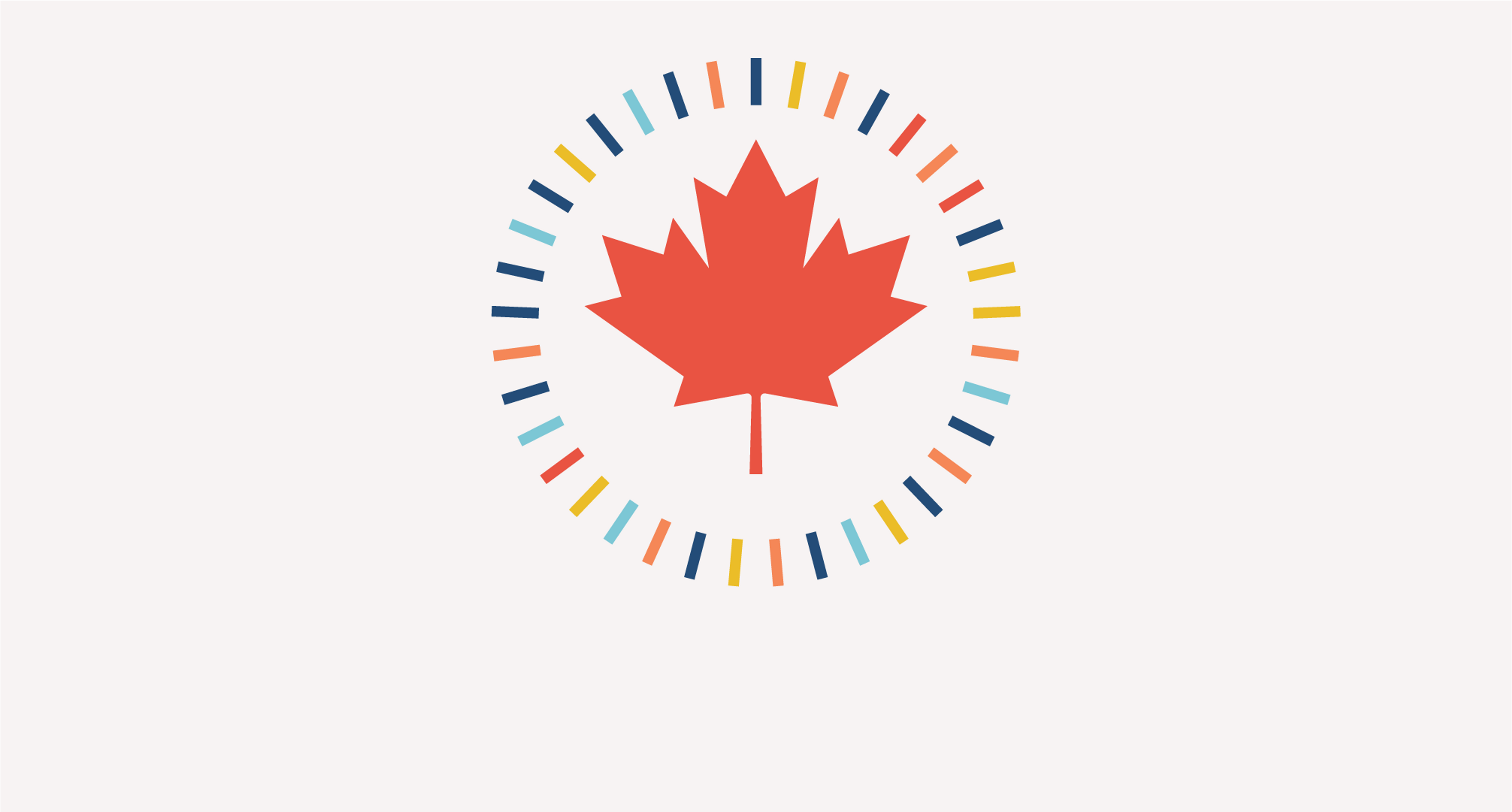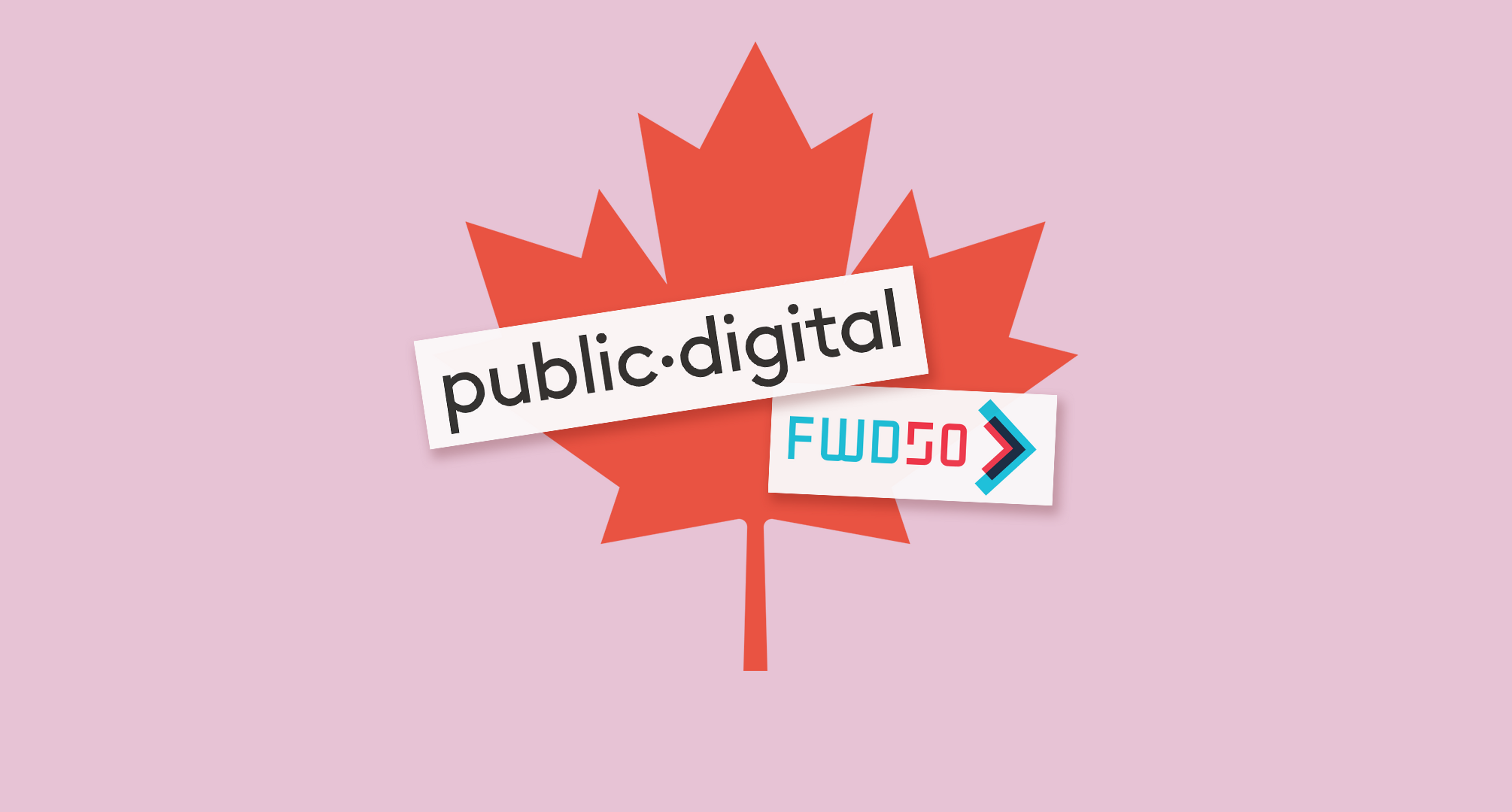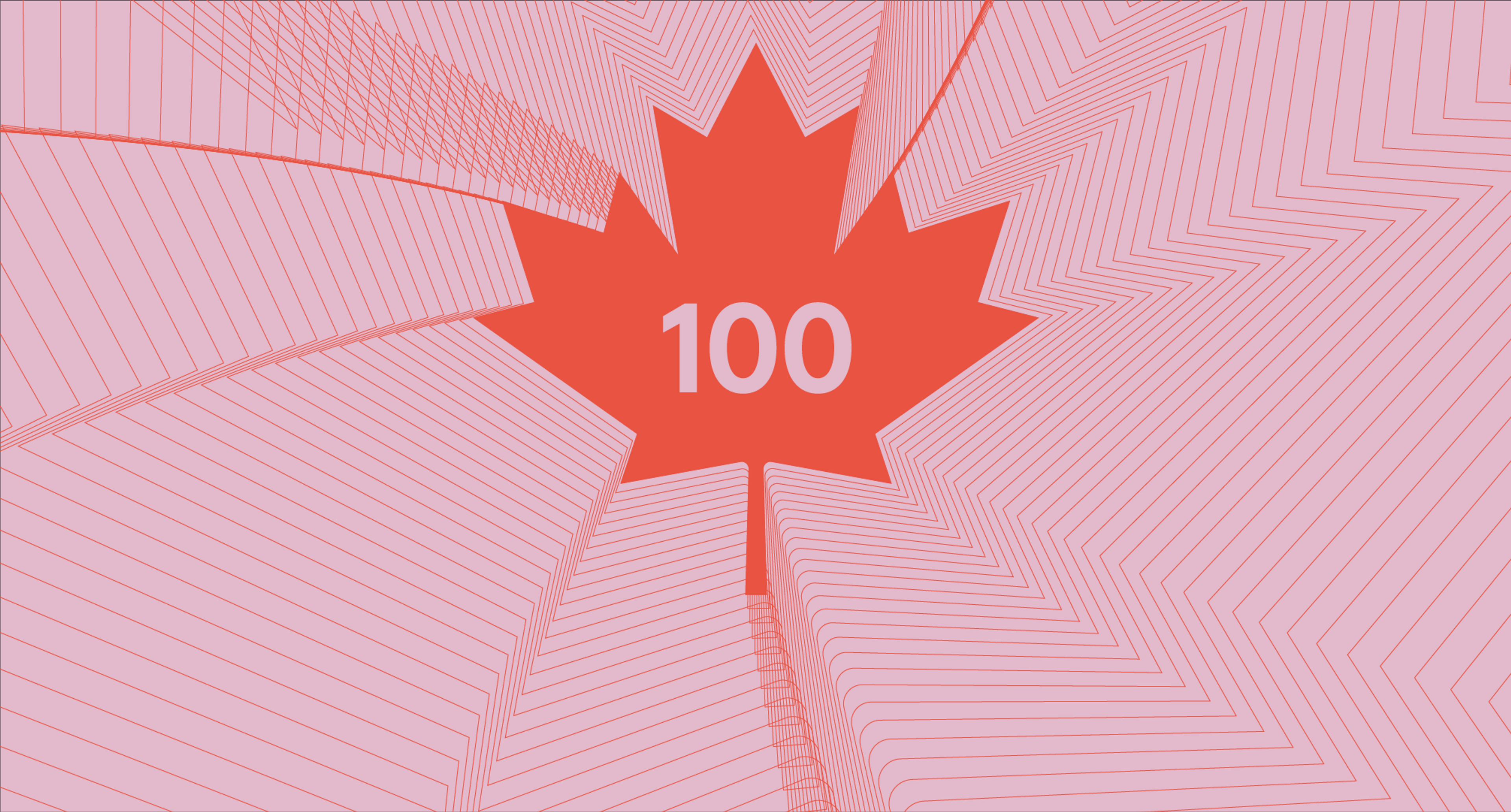
Automatic tax filing is not a technology upgrade; it’s a cultural transformation

Scroll to the bottom of the page to see Alex's take on how complexity compounds exclusion in tax systems.
For too many Canadians, tax season means stress, not support. And, for those with low or no income, not filing means missing out on benefits they depend on.
In 2018, when the Canadian Digital Service partnered with the Canada Revenue Agency, I met a woman living in a shelter who had avoided filing taxes for years, afraid she owed money. Volunteers helped her submit a return. Instead of a bill, she received a refund large enough to cover rent on her own apartment. With a permanent address, she found a job.
That story captures what’s at stake as Ottawa prepares to automatically file taxes for 5.5 million low-income Canadians. The promise is simple: people get the benefits they deserve without forms, fees or fear. But this is more than a technical fix. It’s a cultural test of whether the CRA, and government more broadly, can move from gatekeeping to proactive service.
Why culture, not technology, will decide success
Successive governments have told the CRA to become more proactive. Mandate letters have promised simpler benefits and automatic eligibility. Yet progress has stalled. The technology exists; what’s missing is the mindset.
The role of the CRA for taxpayers has always been compliance, not service. Pulling off automatic tax filing means replacing “prove you deserve it” with “we’ll make sure you get it.”
Other countries have already made this shift. In the United Kingdom, the tax authority uses data from employers, banks and pension providers to pre-populate returns. Citizens check, correct and confirm; most file in minutes. The government does the heavy lifting. Canada can do the same, but only if it learns to value trust and delivery as much as enforcement.
Automatic filing would save money and time. Fewer forms mean fewer bureaucrats checking them. Taxpayers stop paying twice; once for missed benefits, again for redundant systems that don’t talk to each other. Many provincial programs already rely on CRA data. Sharing it more intelligently would reduce duplication and make service faster.
Building a government people can trust
Automation can make government fairer, but only if Canadians can trust it. They remember the Phoenix pay system and ArriveCAN failures. Each one chipped away at faith in Ottawa’s ability to deliver technology that works.
Automation without transparency risks doing the same. Canadians need to see how decisions are made, how data is protected and how errors are fixed. Proactive service must always allow review, correction and appeal. The default should be help, not hassle.
That shift won’t come from code alone. The CRA was built to verify first and trust later. Proactive service reverses that. It requires trusting first and verifying when necessary. That’s harder than any software upgrade. It demands new incentives, new skills and confidence that helping citizens quickly matters as much as auditing them carefully.
This challenge isn’t unique to Canada. In the UK, digital tax accounts began with small pilots that built trust through results, not announcements. In the U.S., the IRS Direct File pilot started small and grew based on evidence.
Canada could learn from that. Big projects that launch all at once often fail. Small, transparent releases that show progress are safer and more credible. Continuous delivery builds confidence one step at a time.
Automatic filing as a test of of public confidence
Automatic filing is about more than taxes. It’s about whether Canadians still trust government to deliver. The CRA’s 100-day service mandate shows how visible performance has become. Automatic filing will push that pressure higher. It’s a live test of whether Ottawa can deliver complex reform with humility, openness and skill.
To get there, Canada should start small, publish results, and expand only when evidence shows it works. Permanent, multidisciplinary teams should own delivery from end to end. Leaders must govern for outcomes, not project milestones. And they should design with empathy- especially for people least likely to file.
If the CRA can show steady, open improvement, it will earn something more valuable than efficiency: legitimacy. Canadians will see a public institution learning in real time instead of hiding behind process.
The federal government’s Capital Budgeting Framework points in the right direction. It treats delivery capability as infrastructure, not overhead. Automatic filing could prove that digital transformation doesn’t have to mean austerity or risk. It can mean fairness delivered faster.
The measure of success won’t be efficiency savings. It will be whether people feel seen, served and secure.
Automatic tax filing is Canada’s chance to show that ambition and delivery can coexist- and that government can still deliver with competence and care.
Watch Alex talk to the Functional Government Podcast about the complexities of Canadian Income Tax, and her work trying to tackle these problems from inside government.
About the author: Alexandra MacEachern is a Director at Public Digital and a former senior advisor at the Treasury Board Secretariat and the Canadian Digital Service. She has led projects helping governments across Canada improve how they deliver services, and previously served as Chief of Staff at CDS during the rollout of the Covid Alert app. Alexandra will be one of the guest speakers at FWD50 in Ottawa on 3 November.
Written by

Alexandra MacEachern
Director

